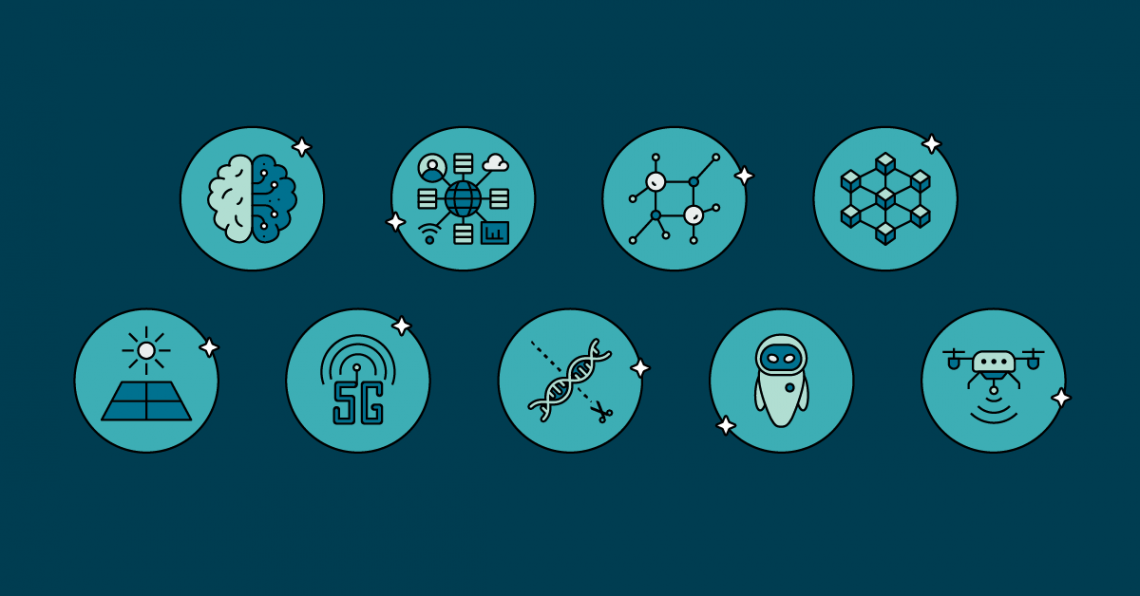It took six centuries for the city of Rome to grow into an empire spanning three continents. It began with two orphan brothers and concluded with two empires. Various causes impacted the rise and fall of this great civilization, but one aspect remained constant across all times — innovation. What was the innovation culture like in Ancient Rome? We now know that the vast majority of inventions were developed to benefit the progress of society. Talking about massive constructions, high-quality roadways, knowledge infrastructure, materials science, and exploration of technological potential. There is also a folktale that shows how important innovators were back then.
... storytime!
Once upon a time in Rome, there was a workshop owner who went to see the emperor to pitch his latest innovation — unbreakable glass. He was so excited to proclaim that no one else understood how to do this craft and he was hoping for a huge reward for even greater innovation in manufacturing glass objects you could hurl around without breaking. But what happened next was not what he had planned: the emperor ordered the artisan’s execution, thinking that his brilliant invention would influence the prices of gold.
At first glance, the tale suggests that innovative thinking was not very much valued in Ancient Rome. The core of this narrative, however, is not represented in the outcome, but in the very beginning, when a guy with a new idea rushes eagerly to present it to someone who may reward it. Obviously, individuals felt it was important to convey their ideas to someone powerful enough not merely to put them into action but also to give them more exposure. The possible impact on gold prices demonstrates how smart this idea was. It reveals a lot about the culture of innovation in Rome at the time.
Potential scenarios are excessive – we will try to pin this on the era in which the plot is placed. Although losing one’s head is less likely in today’s business environment, there are still symptoms of skepticism regarding fresh ideas with disruptive potential.
Relation between technology and society
The presence of a slave-owning system was one of the primary reasons ancient Rome’s technology could not attain its full potential. There was simply no urge to replace human labor with new conceptions. Occasionally, emperors sought to demonstrate their power by rejecting breakthrough technologies so that poor people could earn their living. This was the standard counter-argument to the emergence of new technology. However, certain innovations were considered.
Ancient technological innovations in Rome:
1. Smart materials along with conceptions of nanotechnology
-
Glass. With the advent of glass-blowing methods, transparent glass became more widely available.
-
Concrete. In comparison to ashlar, the Roman invention of concrete assured durability and inexpensive building costs.
-
Lycurgus Cup. For 1600 years, the Cup was shrouded in mystery due to the glass’s peculiar optical qualities. According to one opinion, the Romans understood nanotechnology, and this Cup demonstrates it.
2. Architecture innovations and standardization
-
Arches. Existed before the Romans, but prior to their adoption they were never widely used.
-
Building blocks. The standardization of building materials significantly reduced construction costs, allowing the Ancient Romans to build their empire on a scale.
-
Aqueducts. Monumental structures have withstood the test of time, guaranteeing water supply to the city of Rome. One of them continues to supply water to Rome’s iconic Trevi Fountain in the city’s core.
How does Ancient Rome inspire modern innovation?
We can still see Roman-inspired innovations emerging today.
Domus, a new trimaran model by Van Geest Design, is inspired by single-story houses originally built during the period of the Ancient Romans. The internal space of the 130-foot trimaran is twice that of a catamaran of the same dimension.
Van Geest claims it will be the ’first truly zero-emission yacht over 750 gross tonnes’. Features solar power, hydro-regeneration, and hydrogen fuel cell technology. In line with the Ancient Roman motif, the Domus has a sail, which allows it to run on sustainable wind energy.
These included advancements in current technology as well as the emergence of new principles and commodities. What are your thoughts about the Ancient Roman world of innovations? Much has changed, yet the need for innovation appears to be more pressing than ever. As business practices evolve, we now have software solutions like Innovation Cloud to help us get the most out of the innovation process and prepare our businesses for the challenges of the modern world.






